Written by: Andrea Morales
Wesley Wales Anderson is an American filmmaker from Houston, Texas. He is very well known for his unique filmmaking style, from the visuals to how the characters are written. He often touches on themes of grief, loss of innocence, and dysfunctional families. His work is quirky, whimsical, and visually stunning. His style is very hard to miss. Recently, his style became a TikTok trend, where users worldwide recreated it with the tools they had.
@avawillyums With a good imagination, everything is symmetrical. Let a girl day dream! #wesanderson ♬ Obituary – Alexandre Desplat
@yugen living in a #wesanderson ♬ Obituary – Alexandre Desplat
Young filmmakers worldwide admire Anderson’s work and cite him as an inspiration. But what is it about his style that makes it so iconic? In this article, we’ll review some of his work’s aspects that stand out the most.
What we see: the visual aesthetics
One of the most notable aspects of Anderson’s cinematography is his attention to detail. He often uses symmetrical compositions and carefully curated color palettes. He has an entire set built to his needs, using practical effects and stylized sets to create a visually rich and immersive experience for the audience. It feels more like a play you would see at a theater.
Wes Anderson // Centered from kogonada on Vimeo.
Anderson also pays close attention to the colors he uses in each one of his shots. Consistent and meaningful color schemes set the tone for the story. For example, in “The Life Aquatic with Steve Zissou” (2004), the color scheme uses white and blue, with red details that stand out. Likewise, in “Fantastic Mr. Fox” (2009), the color palette is made based on the fox’s orange fur; these warm colors provide harmony to the setting, and the wolf has a dark grey palette. And my favorite example is “The Grand Budapest Hotel” (2014); the hotel has bright, saturated colors to symbolize its glory days, but as the building ages, the colors become less saturated.
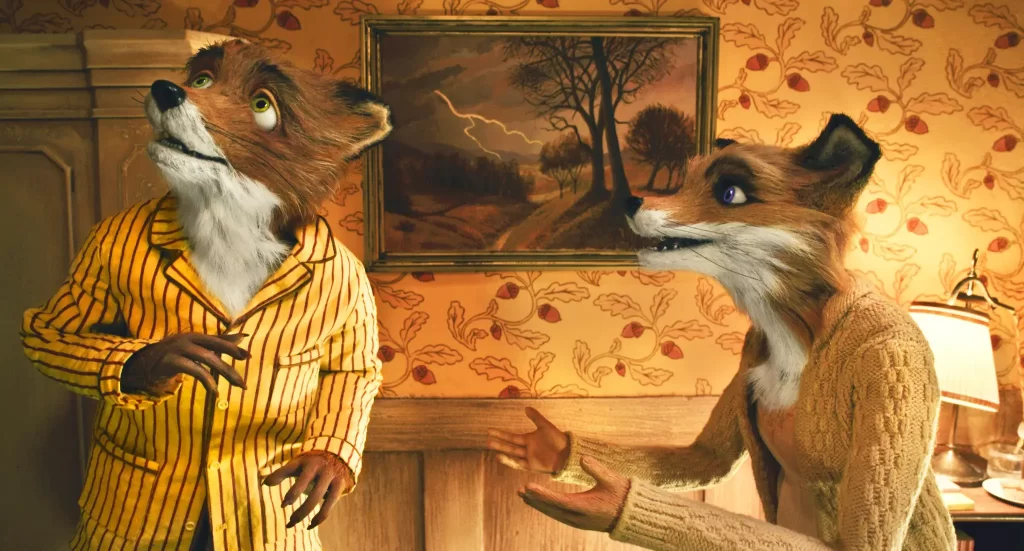
Who we meet: the characters
Wes Anderson seems to use a similar theme in all his movies: stories about misfits finding their place. We get to meet quirky, eccentric, and offbeat characters, each with their own idiosyncrasies. Still, they also have complex emotions and interpersonal dynamics, which makes them relatable despite their unique peculiarities.
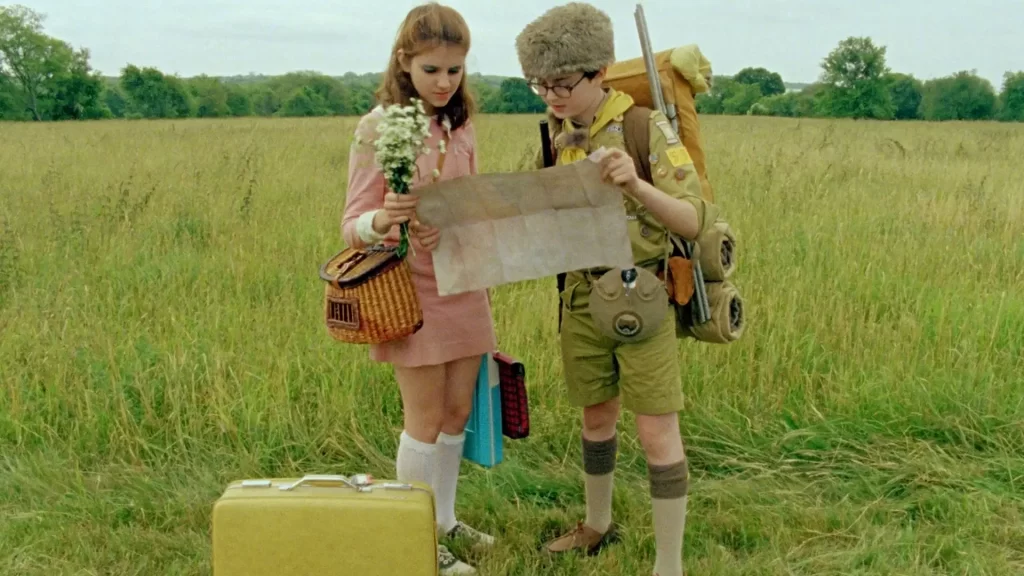
What we hear: the soundtrack and music
Music is always present in an Anderson film. We get to listen to a mix of nostalgic tracks, classical pieces, and lesser-known songs that perfectly complement the mood and atmosphere of his stories, and the sound isn’t just a technical aspect of the movie, but it has become its character.
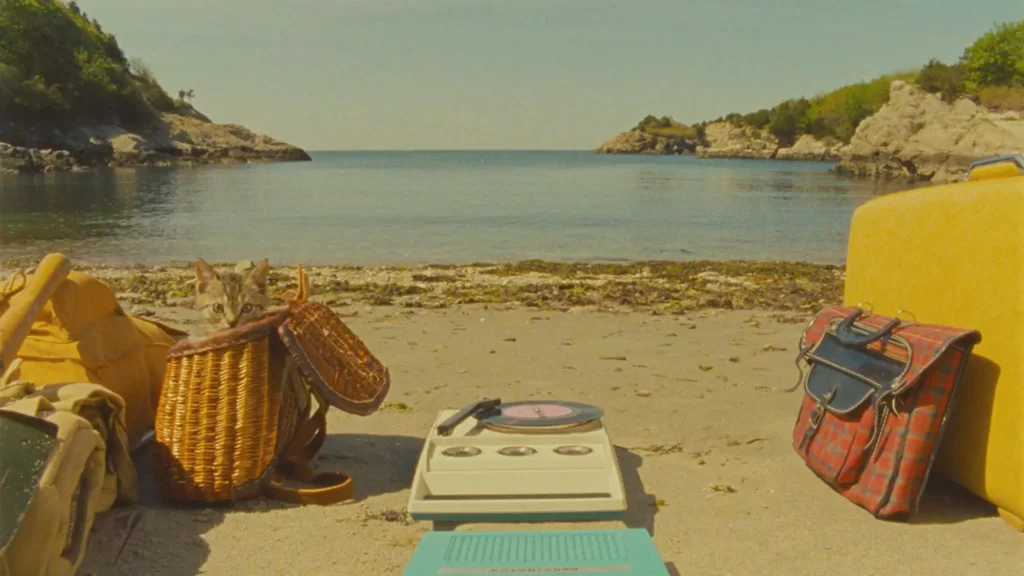
What we feel: Narration, themes, and nostalgia
Moonrise Kingdom is set in the summer of 1965, way before I was born, but still, the way the objects, sets, colors, and characters are presented, I can’t help but feel nostalgic. This is a very characteristic aspect of Anderson’s storytelling. As I mentioned before, the themes cover isolation, dysfunction, and the search for belonging. The narrative style often uses a present-day framing story and flashbacks to help the audience get a unique perspective on the unfolding events.
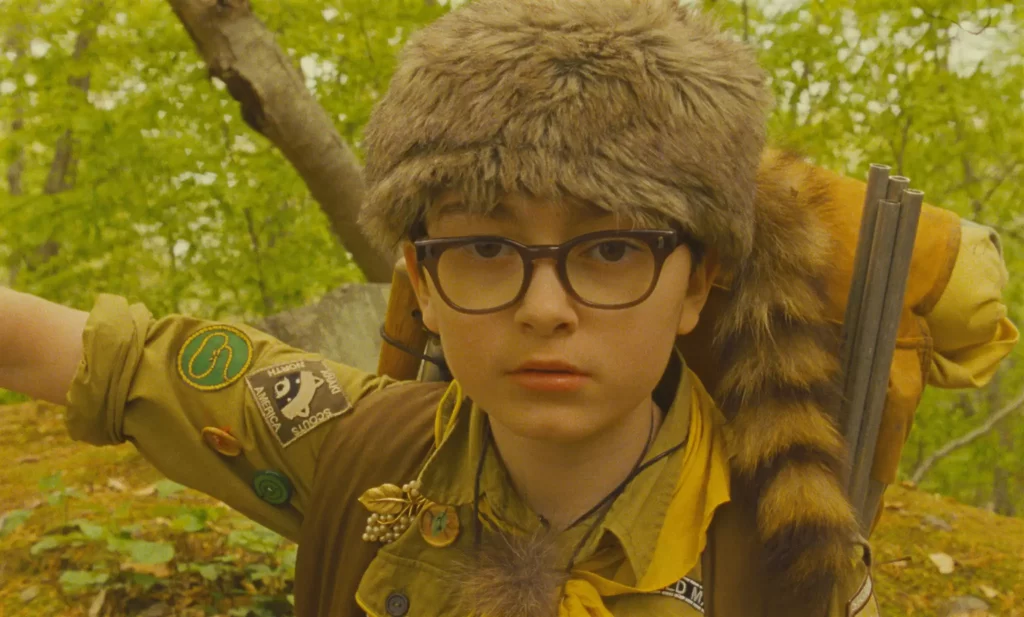
Overall, Wes Anderson’s style is instantly recognizable and has garnered a devoted following of fans who appreciate his unique blend of visual artistry, quirky storytelling, and offbeat humor. His films stand out as a delightful departure from conventional cinema, making him one of his generation’s most celebrated and influential directors.





































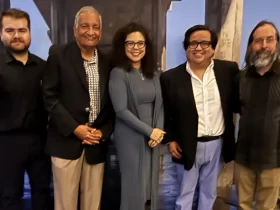


Leave a Reply